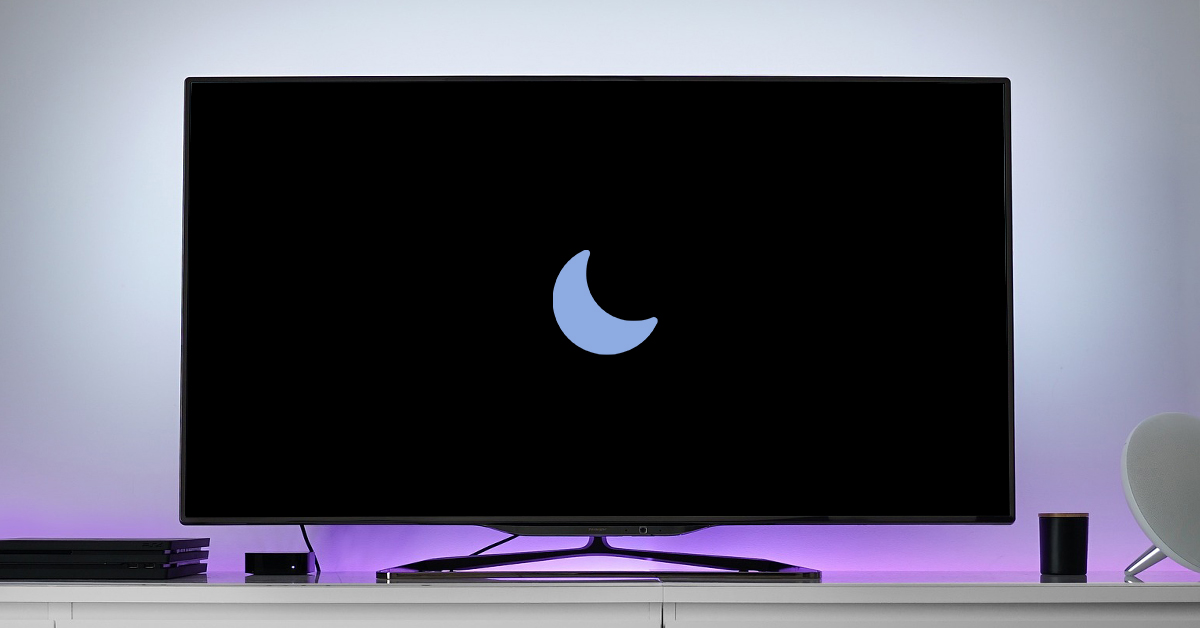
In today's digital age, streaming devices and media players are essential for accessing a wide range of media content. However, one common issue users face is devices going to sleep or entering power-saving modes, interrupting their viewing or usage experience. This article provides a comprehensive guide on how to prevent Amazon Fire Stick, Raspberry Pi, Onn Media Player, and Windows-based media players from going to sleep, ensuring a seamless and uninterrupted experience.
Amazon Fire Stick
The Amazon Fire Stick is a popular streaming device that allows users to watch their favorite shows, movies, and more. However, it has a default sleep mode that can be frustrating. Here's how to keep your Fire Stick from going to sleep:
- Download and install adbLink.
- On your Fire TV Stick, go to Settings > Device (or My Fire TV) > About and click the Home button seven times.
- Go to Developer Options.
- Turn on ADB Debugging.
- Find your Fire TV's IP address: Go to Settings > My Fire TV > About > Network.
- Write down the IP address of your Fire TV.
- Open adbLink on your computer, enter the Fire TV's IP address, and click Connect.
- If prompted, allow USB debugging on your Fire TV Stick.
- Start an adb shell and issue the following commands:
settings put secure sleep_timeout 2147460000 settings put system screen_off_timeout 2147460000
- Reboot your Fire TV Stick.
Raspberry Pi
The Raspberry Pi is a versatile mini-computer that can be used for various projects, including media centers. Preventing it from going to sleep is essential for continuous operation. Here’s how you can achieve that:
Using the Command Line
- Open the terminal on your Raspberry Pi.
- To disable the screen blanking, you can use the following commands:
- Find the [Seat:*] section and add or uncomment the following lines:
- Save the file by pressing CTRL+X, then Y, and Enter.
sudo nano /etc/lightdm/lightdm.confxserver-command=X -s 0 -dpmsUsing xset Command
- You can also use the
xsetcommand to disable screen blanking temporarily: - To make this permanent, you can add these commands to your autostart file:
- Add the following lines:
- Save and close the file.
xset s off
xset -dpms
xset s noblanksudo nano ~/.config/lxsession/LXDE-pi/autostart@xset s off
@xset -dpms
@xset s noblankModifying LightDM Configuration
- LightDM is the display manager that manages user sessions. By modifying its configuration, you can disable sleep and screen blanking.
- Edit the LightDM configuration file:
- Add or uncomment the following lines in the [SeatDefaults] section:
- Save and exit.
sudo nano /etc/lightdm/lightdm.confxserver-command=X -s 0 -dpmsOnn Media Player
The Onn Media Player, often used for streaming and media playback, can also enter sleep mode if inactive for a period. Here’s how to keep it awake:
Adjusting Display Settings
- Navigate to the Settings menu on your Onn Media Player.
- Go to Device Preferences and then select Display.
- Adjust the Screen Saver settings by selecting Screen Saver Start Time and setting it to a longer duration or disabling it entirely.
Using Developer Options
- Go to Settings > Device Preferences > About.
- Scroll down to Build and press the select button seven times to unlock Developer Options.
- Go back to Device Preferences and select Developer Options.
- Enable Stay Awake. This setting will keep the device awake while it is plugged in and charging.
Third-Party Apps
Similar to the Fire Stick, you can download third-party apps from the Google Play Store (available on some Onn Media Players) that prevent the device from sleeping. Apps like Stay Alive! Keep Screen Awake can be useful.
Windows-Based Media Players
For those using Windows-based media players, preventing the computer from going to sleep is crucial for uninterrupted media playback. Here's how you can keep your Windows-based media player from going to sleep:
Adjust Power Settings
- Open the Control Panel and go to Power Options.
- Select Change plan settings next to your selected power plan.
- Set both Turn off the display and Put the computer to sleep to Never.
Using the Registry Editor
- Press Win + R, type
regedit, and press Enter. - Navigate to
HKEY_LOCAL_MACHINE\SOFTWARE\Microsoft\Windows\CurrentVersion\Policies\System. - Right-click in the right pane, select New > DWORD (32-bit) Value, and name it
InactivityTimeoutSecs. - Double-click
InactivityTimeoutSecsand set its value to0to disable inactivity timeout.
Using Task Scheduler
- Open Task Scheduler by typing
taskschd.mscin the Run dialog. - Create a new task that runs a simple script or command every few minutes to keep the system active. For example, create a task that runs
cmd.exe /c echo "Prevent Sleep"every 10 minutes.
By following these steps, you can ensure that your Amazon Fire Stick, Raspberry Pi, Onn Media Player, and Windows-based media players remain awake and operational, providing a smooth and uninterrupted user experience. Whether you are streaming your favorite content or running essential applications, these tweaks will help you maintain continuous operation without the hassle of sleep interruptions.